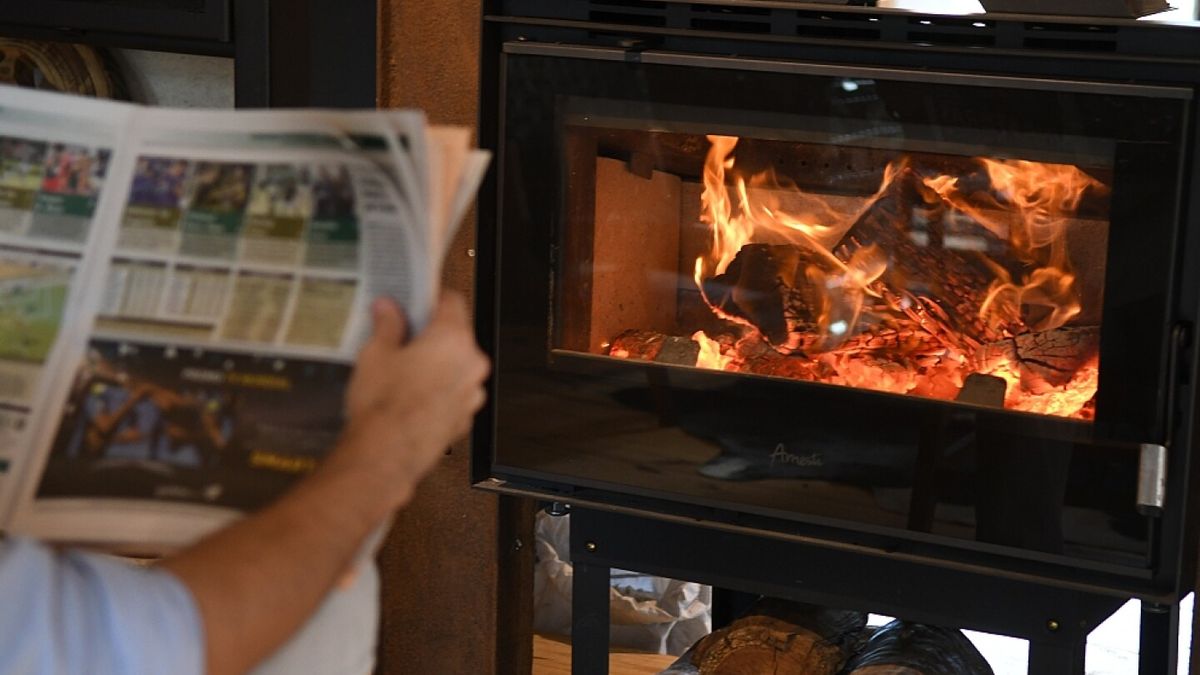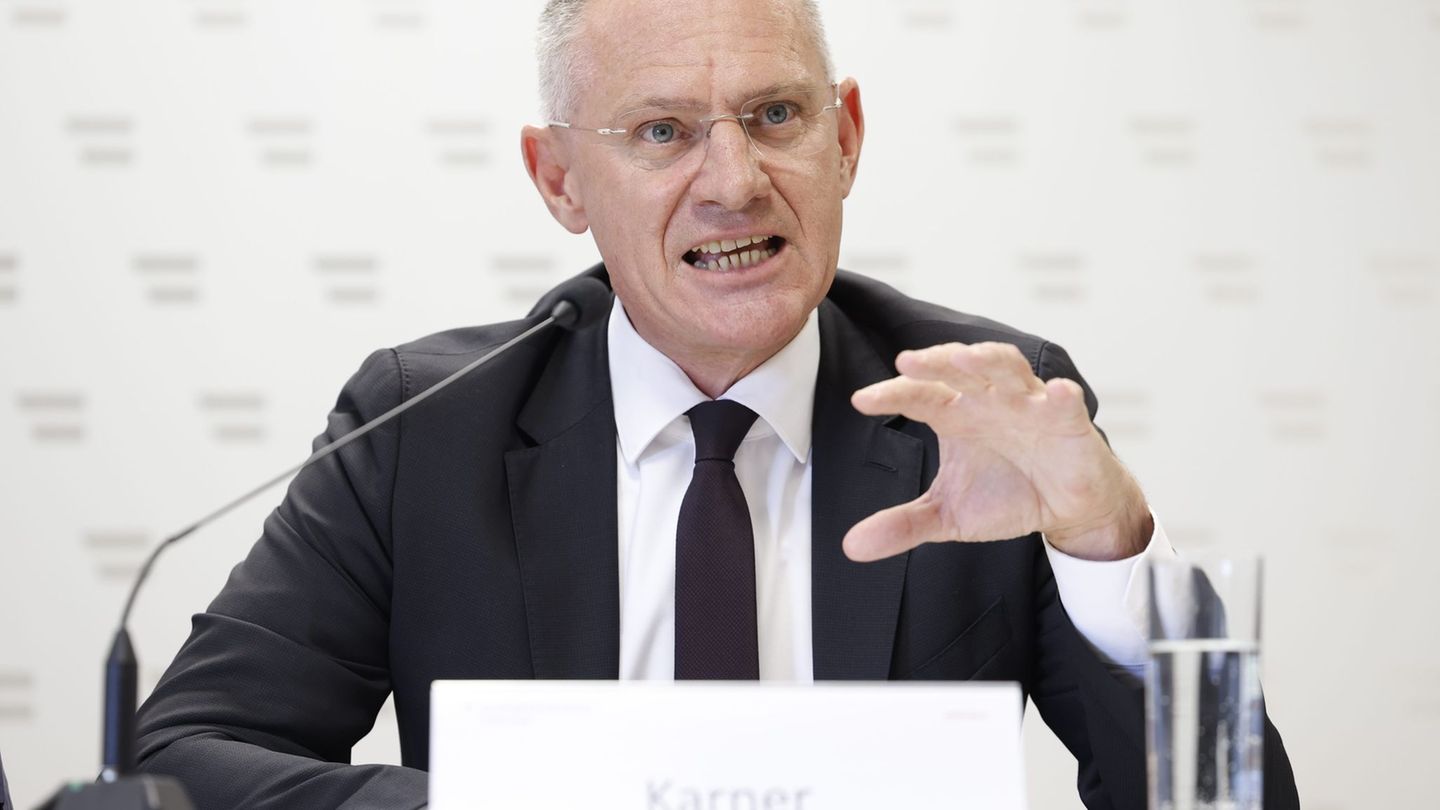Uruguay move towards a second energy transformation and has almost all of the electricity consumed generated from renewable sources. However, on the other hand, the onset of colder temperatures shows that there are still pending issues regarding energy: in inland areas, at least 56% continue to use electricity. firewood as the main source for heating.
Heating is one of the activities in which Uruguayans consume the most energy in their homes. In fact, until at least 2006—according to the latest data available from the National Balance of Useful Energy (BNEU) of the National Energy Directorate—, represented the main use of energy in these spaces.
Currently, a new BNEU is being carried out to update these figures, but according to the Energy Indicators Report of SEG Engineeringcorresponding to April, the room heating would continue to occupy a predominant place in residential energy consumption.
The pending greater energy efficiency in heating
This situation leads us to put a magnifying glass on the way in which Uruguayans heat themselves, considering that most of their energy consumption is allocated to this activity. This data can be obtained from the Continuous Household Survey which is published annually by the National Institute of Statistics (INE).
In that sense, according to 2023 data, 9 out of every ten homes in the country have heating and 97% of them use firewood, electricity or supergas as the main source, in that same order of preference: firewood dominates with 45%, followed by electricity with 27%, and supergas with 24%.
Although in the last decade the inclination for supergas has been giving way to electricity, it has also given way to firewood. Especially if the differentiation is observed at the regional level. In Montevideo, For example, 41% of homes use electricity, while, in urban locations with less than 5,000 inhabitants and rural areas, firewood is the dominant source with 78%. Meanwhile, in urban towns with more than 5,000 inhabitants, firewood continues to be popular, although to a lesser extent, with 56% of homes heated in this way.
The reasons for this behavior are not explained as a purely cost issue since, although firewood is cheaper and more accessible for some sectors than other electrical air conditioning devices; The truth is that in terms of energy efficiency —and, therefore, the final costs of energy consumption—leaves a lot to be desired, just like supergas.
Uruguayan_home_heating_cost_comparison-transformed.png
Wood heating methods in Uruguayan homes have low energy performance.
SEG Engineering
If the comparison is observed with respect to the Monthly cost Estimated as of May, depending on the type of heating, the first place in efficiency is occupied by air conditioning, with a performance of 280%. On the other hand, a high-performance wood stove or boiler wood stove achieves a performance of only 75%. The difference between both alternatives is 257 pesos per month —with a cost of 598 pesos for the air conditioning and 855 for the wood stove.
The difference in efficiency is even greater if we consider firewood in a conventional open stove, where the performance drops to a mere 30% and the monthly cost rises to 2,138 pesos.
Source: Ambito




